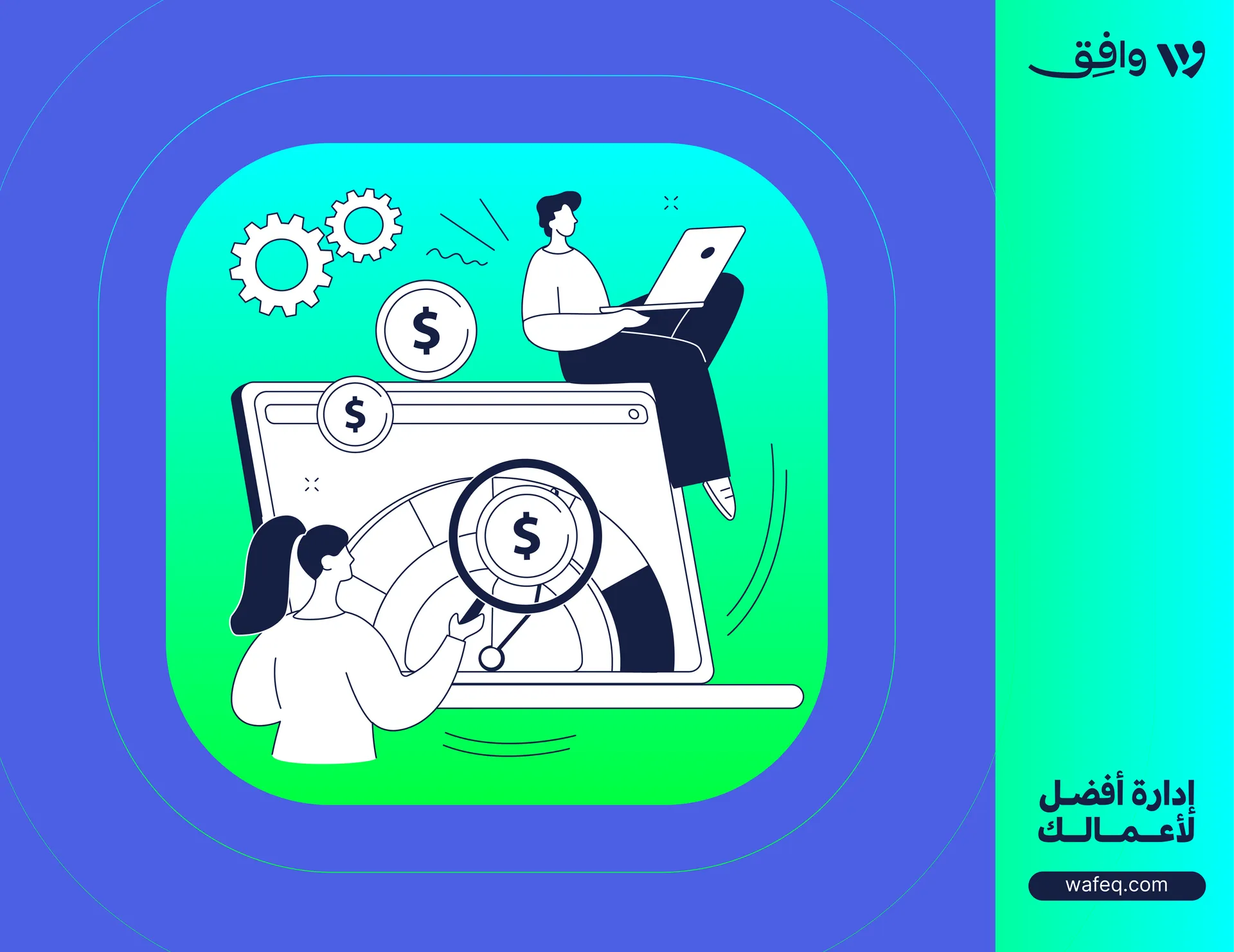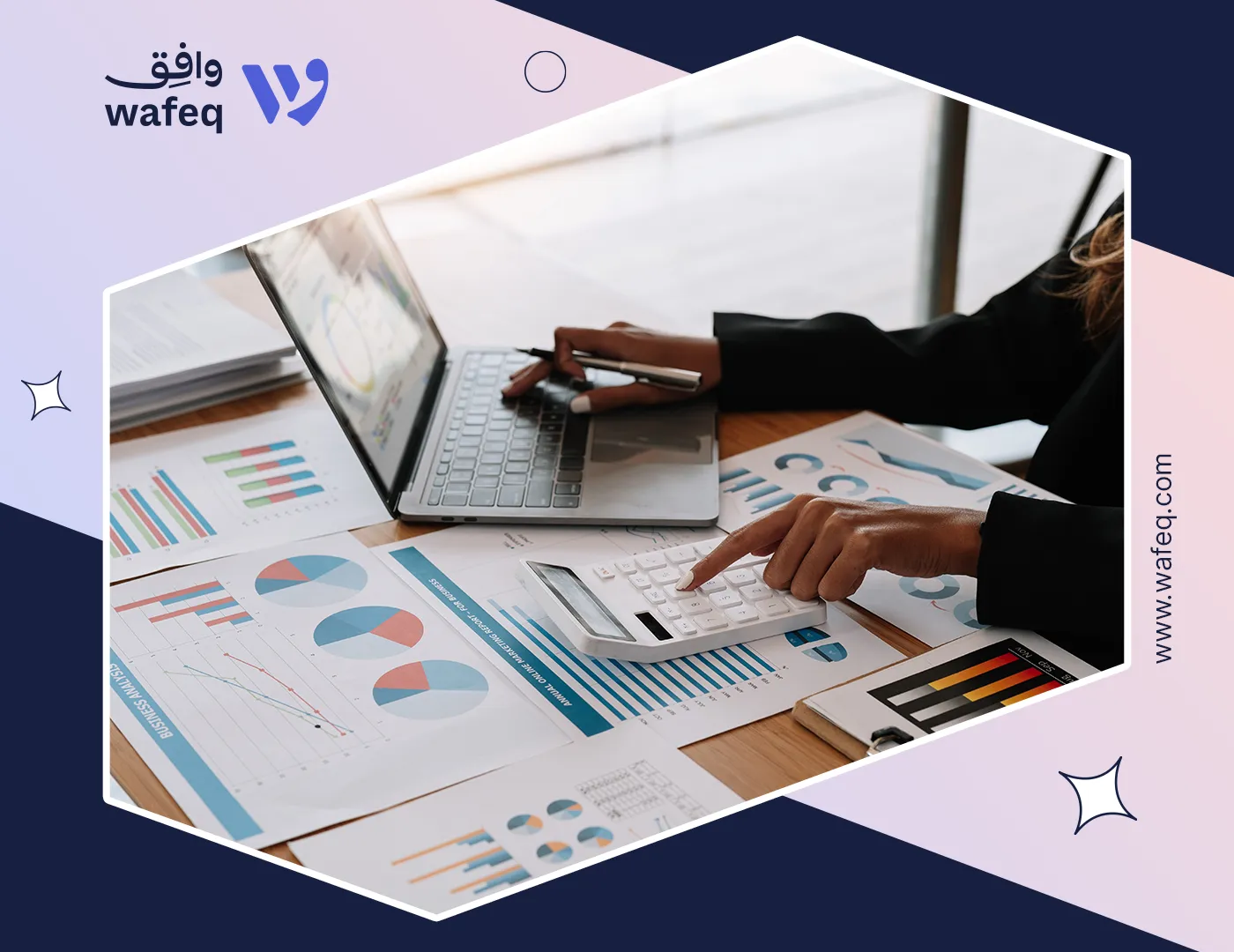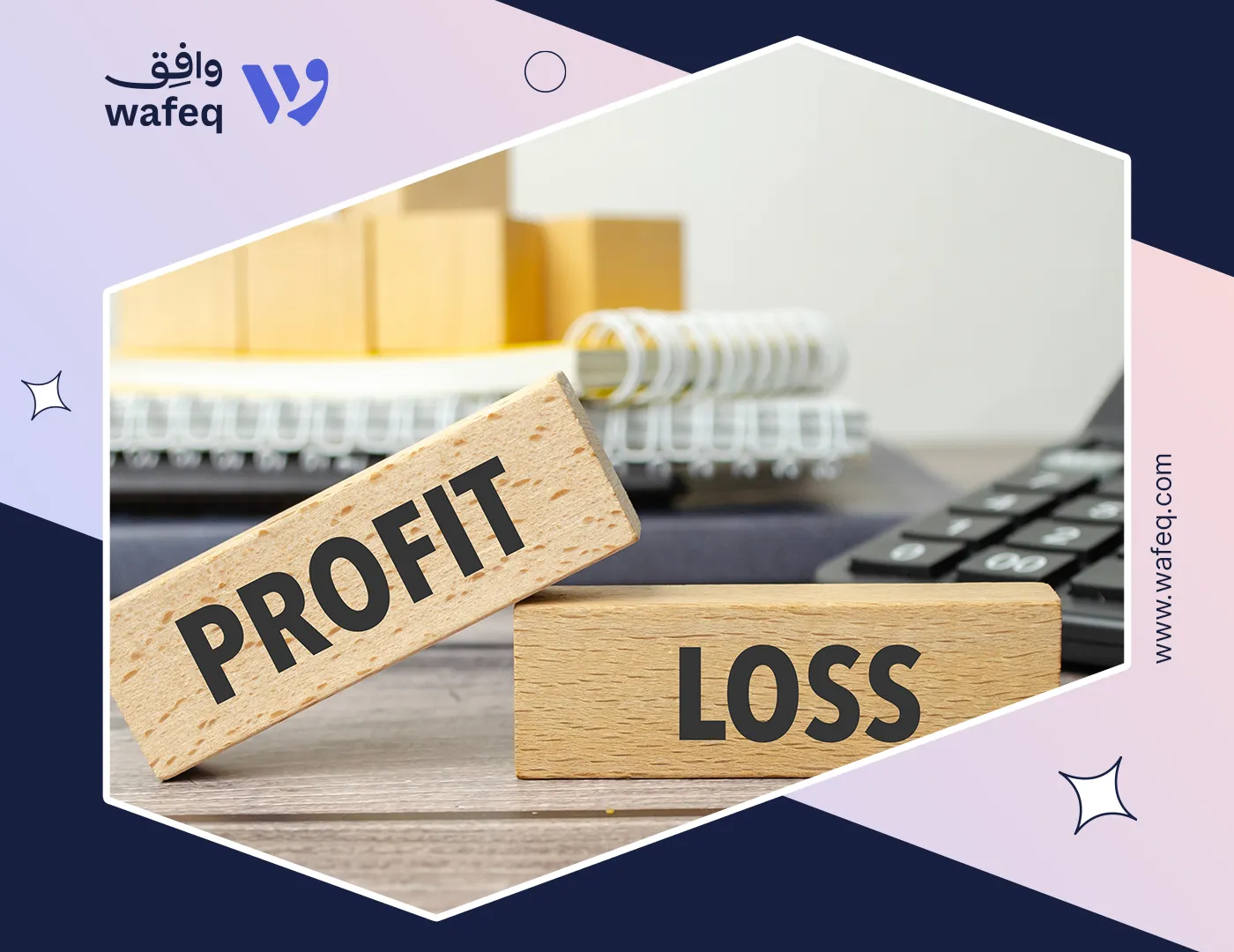How to Evaluate Long-Term Assets in Companies

What if the most valuable items on your company’s balance sheet are being misjudged or worse -overvalued? Long-term assets are at the core of a business's strength and future earning potential. From buildings and machinery to intellectual property and software, accurately evaluating these assets is critical for financial reporting, compliance, and informed strategic decision-making. Yet, many professionals underestimate the complexity behind proper valuation techniques.
In this article, you'll uncover the essential methods for evaluating long-term assets, how to ensure compliance with accounting standards, and how technology, like Wafeq, can support this process with automation and clarity.
Definition of Long-Term Assets
Long-term assets, also known as non-current assets, are resources owned by a company that are expected to provide economic benefit over a period longer than one year. These assets are not intended for immediate sale or consumption in the normal course of business, but rather serve the organization’s long-term operations and strategic objectives. There are two main categories of long-term assets:
- Tangible assets: These include physical items such as buildings, land, machinery, vehicles, and equipment. These assets are depreciated over their useful lives.
- Intangible assets refer to non-physical resources, including patents, trademarks, software, goodwill, and intellectual property. They are usually amortized based on their expected useful life.
Long-term assets differ from current assets, which are expected to be converted into cash, sold, or consumed within one operating cycle or a year, whichever is longer. Properly classifying assets is fundamental for accurate financial reporting, especially in assessing liquidity, solvency, and return on investment.
Long-term assets differ from current assets, which are expected to be converted into cash, sold, or consumed within one operating cycle or a year, whichever is longer. Properly classifying assets is fundamental for accurate financial reporting, especially in assessing liquidity, solvency, and return on investment.
Why Long-Term Asset Valuation Matters
Evaluating long-term assets accurately is not just a technical accounting requirement, but a core element of financial integrity and strategic decision-making. The value assigned to these assets directly affects the company’s financial position, reported profitability, and future investment decisions. Here are three critical reasons why proper valuation matters:
- Financial Reporting Accuracy Long-term assets typically represent a significant portion of a company’s total assets. Misstatements in their valuation, whether through overstatement or understatement, can distort the balance sheet and mislead stakeholders about the company’s financial health.
- Impact on Financial Ratios Ratios like Return on Assets (ROA), Debt-to-Assets, and Asset Turnover rely on accurate asset values. An inflated asset base can hide poor efficiency or exaggerate financial strength, leading to misguided management or investor decisions.
- Compliance and Risk Management International standards such as IFRS and local regulatory frameworks (e.g., SOCPA in Saudi Arabia) require consistent valuation, revaluation, and impairment reviews. Inaccurate valuations can lead to compliance risks, audit findings, or even penalties.
Key Methods of Long-Term Asset Evaluation
There is no one-size-fits-all approach to evaluating long-term assets. The method used depends on the type of asset, the purpose of valuation (e.g., accounting, investment, impairment), and applicable accounting standards, such as IFRS or SOCPA. Below are the most common and accepted methods:
- Historical Cost Method Assets are recorded at their original purchase price, including any associated acquisition costs (e.g., transport, installation). This method is prevalent in accounting under the cost model and is widely used for tangible assets such as property, plant, and equipment. But it doesn't reflect current market value or inflation over time.
- Fair Value Method Assets are revalued to reflect their current market value based on active market transactions or valuation models. This method is often applied to financial assets or in the revaluation of property under IFRS, but requires periodic reassessment and relies on subjective assumptions when market data is limited.
Also Read: Difference between historical cost and market value of assets.
- Depreciated Replacement Cost (DRC) Estimates the cost to replace the asset at current prices, then deducts accumulated depreciation to reflect age and wear. and is useful for specialized or unique assets without an active market, it is more complex and time-consuming to calculate accurately.
- Income-Based Methods Values are determined based on the future economic benefits expected from the asset, often using discounted cash flow (DCF) models. It is suitable for intangible assets, such as patents or software, especially when used for impairment testing or business valuation, unless it is highly sensitive to assumptions about revenue, costs, discount rates, and growth.
Common Challenges in Asset Valuation
Valuing long-term assets can be far from straightforward. Even experienced finance teams face several challenges, especially when dealing with intangible assets, outdated records, or uncertain market conditions. Below are the most common obstacles:
- Limited Market Data Many specialized assets, such as custom machinery or proprietary software, don't have an active market, making it difficult to determine fair value or replacement cost objectively.
- Subjective Assumptions Valuation models often depend on forecasting revenue, lifespan, or residual value. These assumptions are inherently uncertain and may be influenced by optimism or outdated data, especially in discounted cash flow models.
- Depreciation Misalignment Inconsistent or inaccurate depreciation schedules can lead to overstated or understated book values, especially when assets are underused or technologically obsolete but still carried at historical cost.
- Impairment Complexity Identifying when an asset is impaired and calculating the impairment loss can be complex, particularly when cash-generating units (CGUs) are involved or when the asset does not directly generate cash flows by itself.
- Regulatory Compliance Meeting both international standards (like IFRS) and local frameworks (such as SOCPA in Saudi Arabia) requires rigorous documentation, consistency, and audit readiness, all of which stress internal controls.
How Wafeq Helps in Managing and Evaluating Long-Term Assets
Accurate asset evaluation starts with proper asset management, where Wafeq adds measurable value. Wafeq’s accounting platform supports finance teams in maintaining up-to-date, compliant, and well-documented records for long-term assets. Here’s how Wafeq contributes at every stage:
- Centralized Asset Register Wafeq allows companies to maintain a full, centralized fixed asset register with detailed information, including asset category, acquisition cost, depreciation method, useful life, and location. This simplifies asset tracking and ensures consistency.
- Automated Depreciation Schedules Using Wafeq, finance teams can configure automated depreciation methods, straight-line, declining balance, or custom models, ensuring accurate monthly amortization and reducing manual errors.
- Revaluation and Impairment Tracking Wafeq enables recording of asset revaluations and impairment adjustments with proper audit trails. This is especially useful for compliance with IFRS or SOCPA requirements and for supporting internal reviews.
- Integrated Reporting for Valuation and Audit With real-time reporting, users can generate detailed fixed asset reports, including historical cost, net book value, accumulated depreciation, and revaluation history, all exportable and audit-ready.
- ERP Integration and Scalability Wafeq integrates seamlessly with other financial modules (GL, AP, Budgeting) for companies managing complex asset portfolios, enabling scalable asset tracking within a unified accounting environment.
Know more about: How to handle Depreciation and Amortization for Fixed Assets and its application in Wafeq
Accurately evaluating long-term assets is not just a compliance requirement; it’s a strategic necessity. From ensuring accurate financial reporting to enabling smarter investment decisions, proper asset valuation impacts every layer of a company’s financial health. Using tools like Wafeq, finance teams can streamline asset tracking, automate depreciation, and maintain reliable records, turning a complex task into a controlled, auditable, and insight-driven process.
FAQs about Long-Term Asset Valuation
What qualifies as a long-term asset?
A long-term asset is any resource expected to provide economic benefit beyond 12 months, such as buildings, machinery, vehicles, software, and intellectual property.
How often should long-term assets be revalued?
There is no fixed rule. Revaluation frequency depends on accounting policies and market conditions. Under IFRS, revaluation should be frequent enough to ensure the carrying amount is not materially different from fair value.
What’s the difference between book value and fair value?
Book value is the asset's original cost minus accumulated depreciation. Fair value reflects the asset's current market value, which may differ significantly from its book value.
How do companies handle impairment of long-term assets?
Companies perform impairment testing when indicators suggest the asset’s recoverable amount is less than its carrying amount. If impaired, the asset is written down, and the loss is recorded in the income statement.
Can intangible assets be revalued?
Yes, but only if there is an active market for the asset. Otherwise, intangible assets are usually measured at cost and tested for impairment annually.
Does depreciation always mean a loss in asset value?
Not necessarily. Depreciation is an accounting method that allocates cost over periods, and isn't a direct measure of market value. An asset may keep significant resale or strategic value even after full depreciation.
Start using Wafeq to automate asset management, streamline depreciation, and ensure audit-ready financial reporting, all in one platform.
Start using Wafeq to automate asset management, streamline depreciation, and ensure audit-ready financial reporting, all in one platform.





.png?alt=media)









